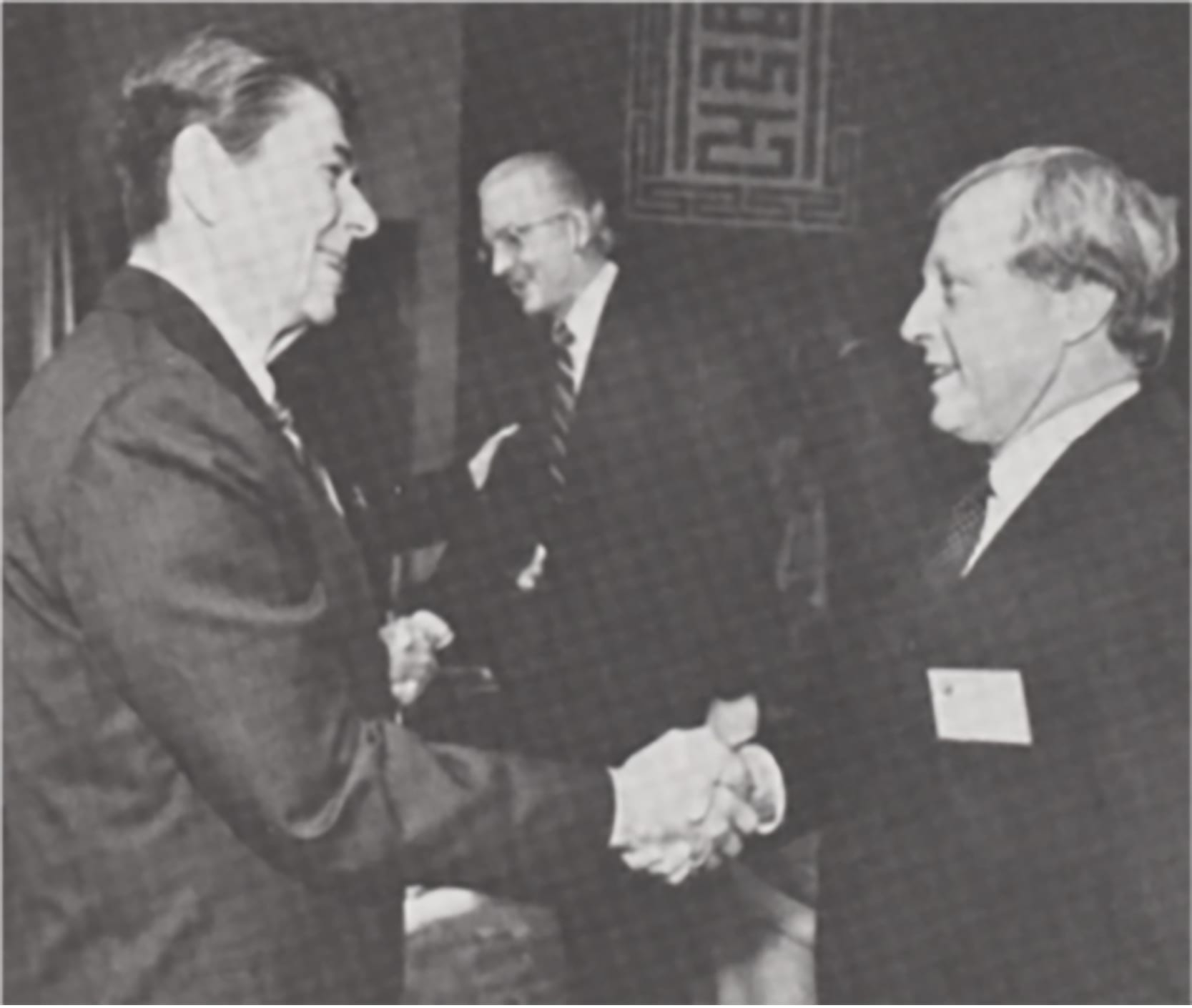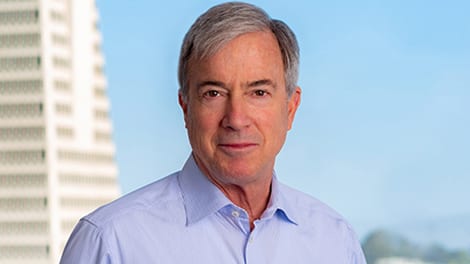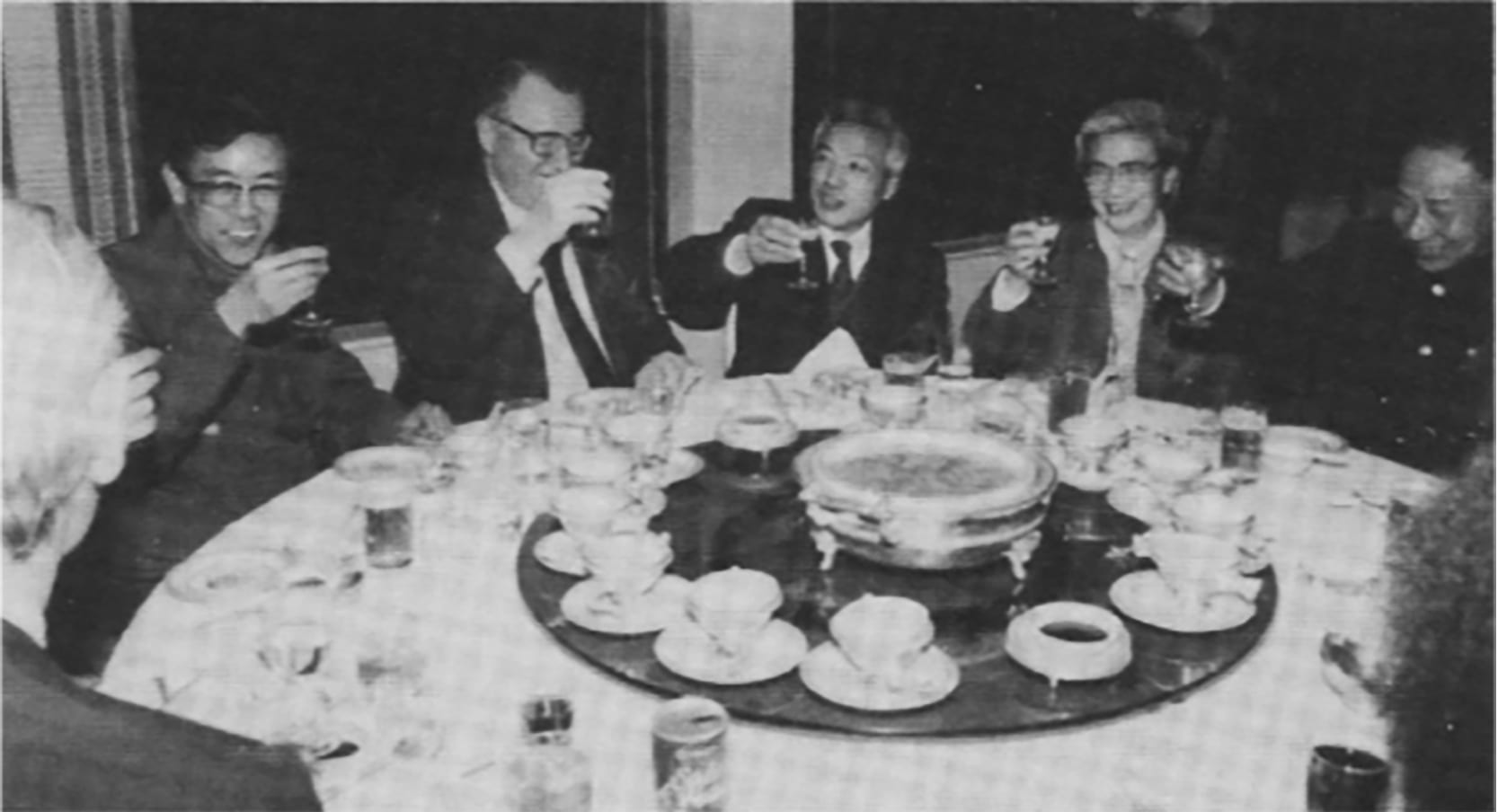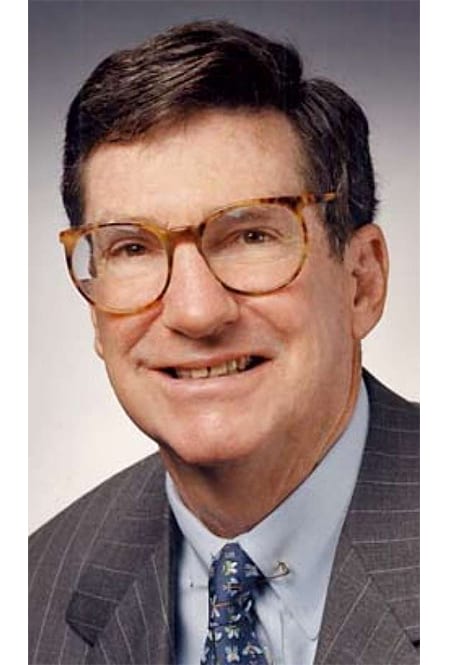An Era of Growth and Focus in Business and at Wilbur-Ellis
In the 1980s, Columbia lifted off in the first space shuttle mission. Tensions between the U.S. and the Soviet Union escalated, then eased, leading to the end of a 40-year Cold War.
The Berlin Wall opened, paving the way for the reunification of East and West Germany. The Internet took shape in academia. And the personal computer experienced explosive growth, transitioning from a hobbyist’s toy to a business and consumer product.
In the business world, a new term was coined – “merger mania.” It reflected the wave of mergers and acquisitions that were happening in industries of all kinds during the 1980s.
The urge to merge wasn’t just a fad. It was driven by tough economic times. To survive, companies needed to become more cost-effective, efficient and competitive. The answer for many was growth and focus.
One way to grow quickly was through acquisitions. Buying other companies to expand operations and become more cost-efficient often gave larger organizations an advantage over smaller companies.
In the U.S., there were other forces at work, too. President Ronald Reagan took office in 1981, establishing new, business-friendly policies that came to be known as “Reaganomics.”




